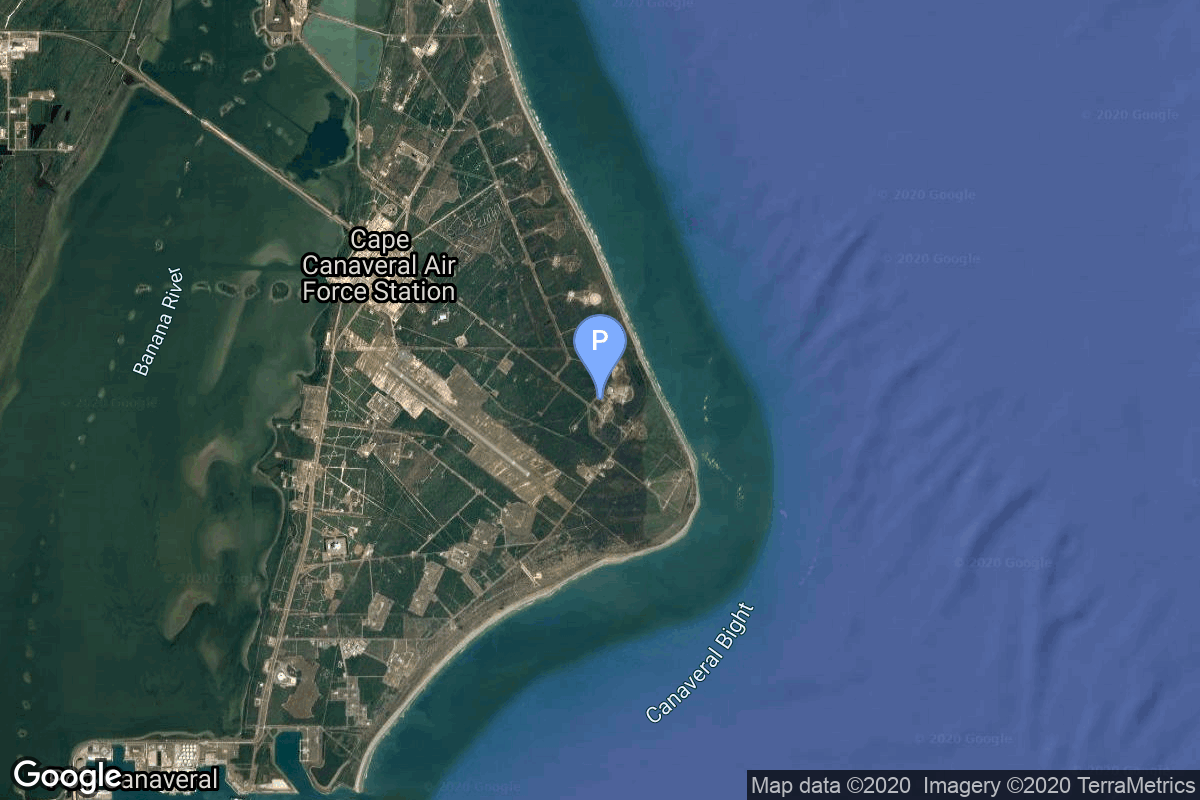UHF F/O F7
Atlas II
Lockheed Martin
Mission
UHF F/O F7
- Type: Communications
- Orbit: Geostationary Orbit
The U.S. Navy began replacing and upgrading its ultra-high frequency (UHF) satellite communications network during the 1990s with a constellation of customized satellites built by Hughes Space and Communications Company. Known as the UFO (Ultra High Frequency Follow On) series, these HS-601 model satellites support the Navy’s global communications network, serving ships at sea and a variety of other U.S. military fixed and mobile terminals.
Location
Launch Complex 36A
Cape Canaveral, FL, USA
Launch Complex 36A has witnessed the launch of 68 rockets, including 68 orbital launch attempts, while Cape Canaveral, FL, USA, has been the site for 940 rocket launches.
Rocket
Lockheed Martin Atlas II
Atlas II was a member of the Atlas family of launch vehicles, which evolved from the successful Atlas missile program of the 1950s. It was designed to launch payloads into low earth orbit, geosynchronous transfer orbit or geosynchronous orbit. Sixty-three launches of the Atlas II, IIA and IIAS models were carried out between 1991 and 2004; all sixty-three launches were successes, making the Atlas II the most reliable launch system in history.
Agency
Lockheed Martin
Lockheed Martin’s Space Division started in the production of missiles and later ICBM’s in the 1950s. Their TITAN missile system was used for 12 Gemini spacecraft and the Voyager probes. They have worked largely in collaboration with NASA on many of their probes, landers, and spacecraft, and hope to play a key role in NASA’s return to the moon in 2024.
